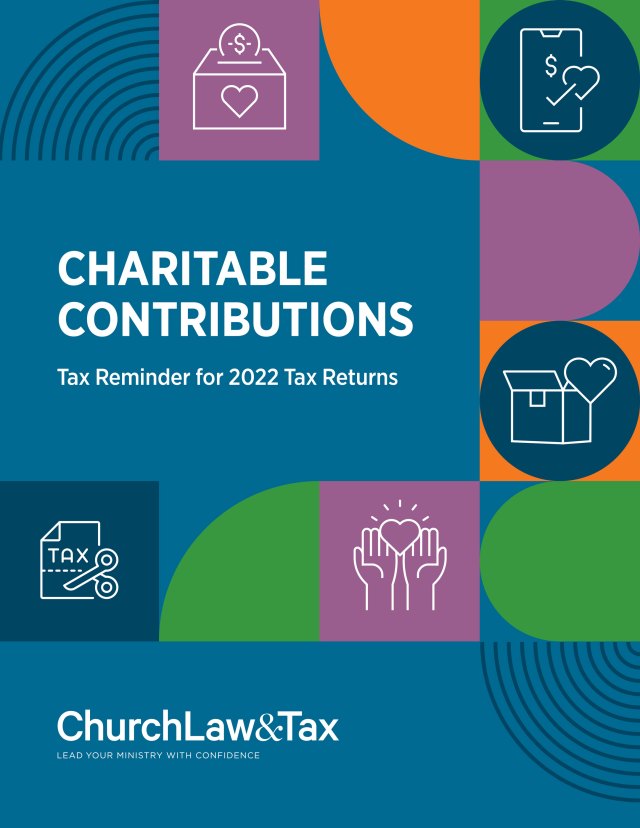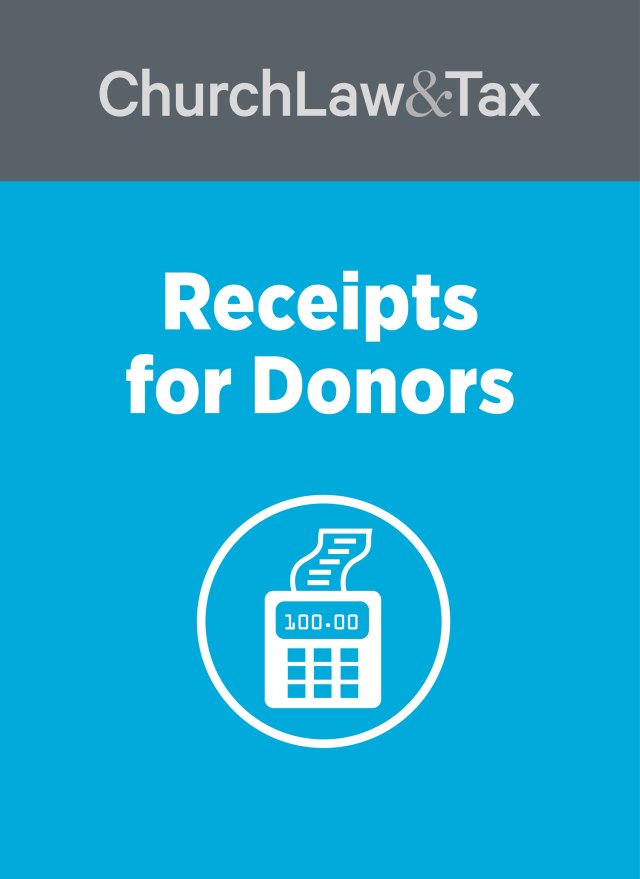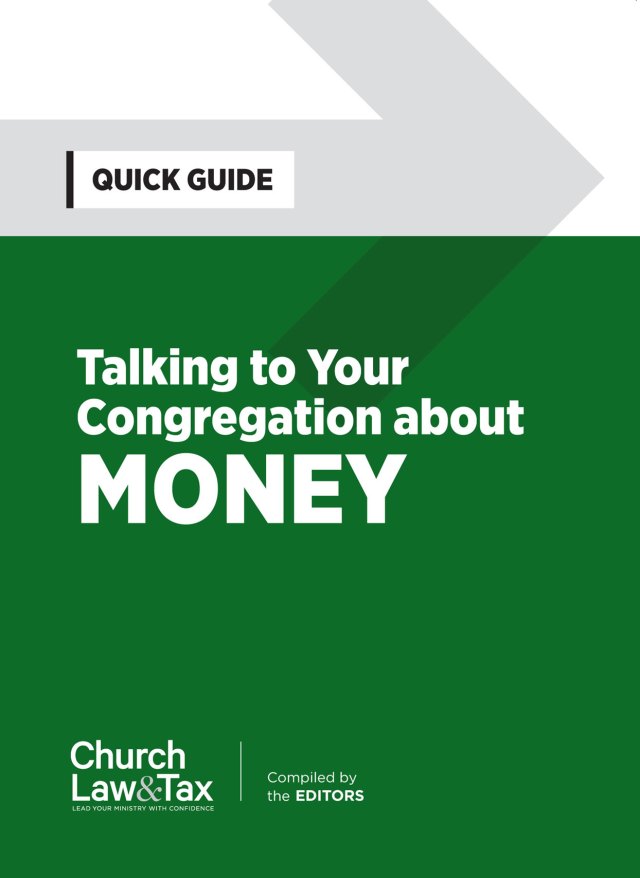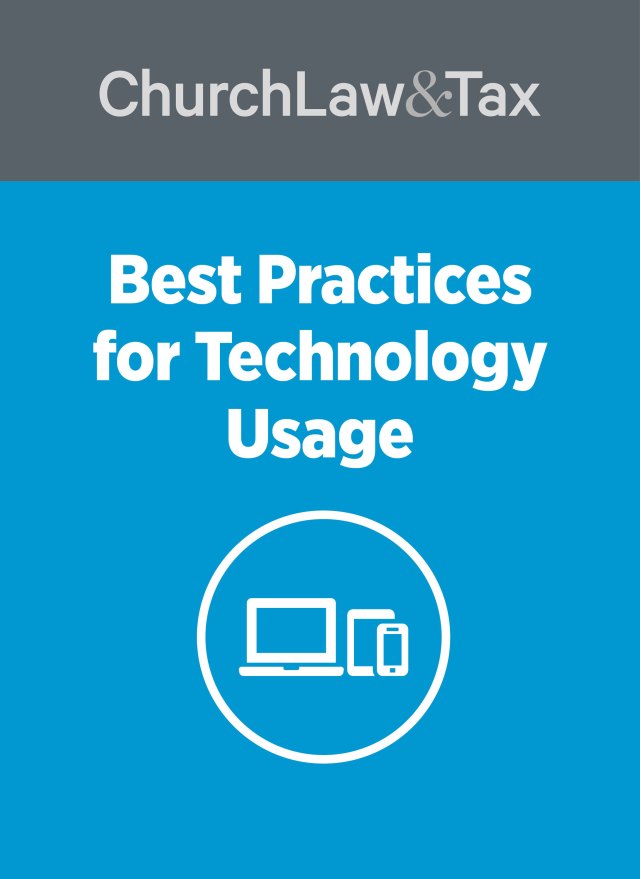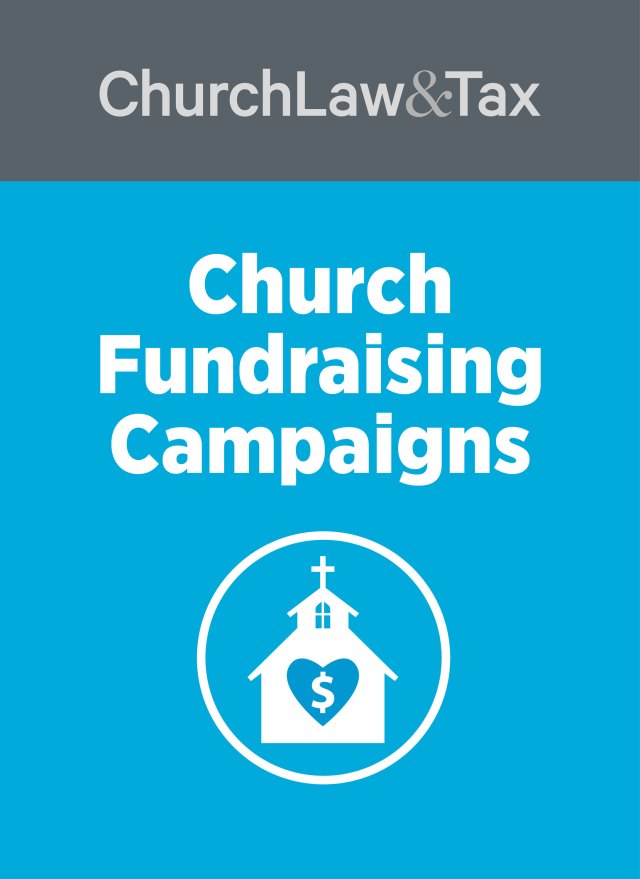As the new EMV system becomes the standard, changes are coming for online and other “card not present” purchases.
“EMV is really a liability shift for the ‘card present’ environment only,” says Jennifer Seebock, marketing coordinator for BluePay, a payment processor that also provides credit card machines for churches. “The new cards will make it difficult for fraudsters to clone. Unfortunately, due to this technology, fraud will shift to the ‘card not present’ environment—basically, online purchases or donations.”
“EMV affects online,” says David Henke, vice president of sales for the payment processing company MinistryLINQ. “So, what’s your strategy to handle online authentication methods?” Henke says that credit card numbers and expiration dates aren’t likely to be sufficient for online transactions—including donations—in the future. The new EMV cards will require extra identifiers like PINs, passwords, or even biometric information like a picture of a fingerprint for online use.
Other forms of mobile payments will also continue to grow. Derek Gillette, communications manager for eChurchGiving, says that nearly half (45 percent) of donations to churches on its PushPay system occur on days other than Sunday, suggesting that passing the plate is now passé. The Nonprofit Quarterly reports that 62 percent of Millennials preferred to give via their mobile phones. Mobile payments and donations that create a unique identification for each transaction can be as secure as the new EMV credit card technology.
The future of buying and giving is changing rapidly, becoming more complex and potentially fraught with risk. Fraud and changes to liability mean that churches will need to pay more attention to how they are accepting payments at bookstores, coffee shops, church schools, or even summer camps and VBS. As churchgoers’ habits change, they will expect donations to be as safe and convenient as other forms of payments, and—despite the complexity—churches will need to update their technologies.
